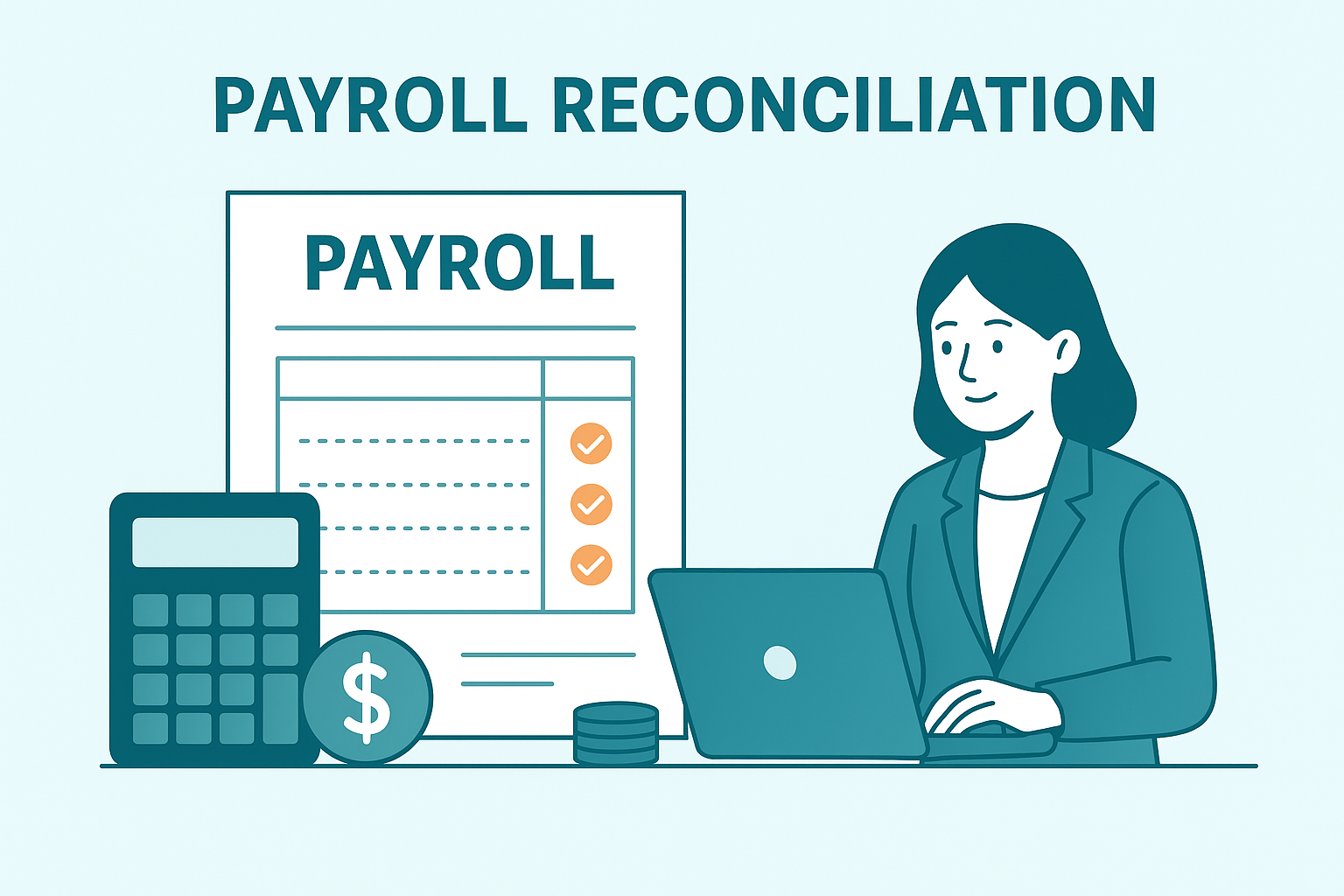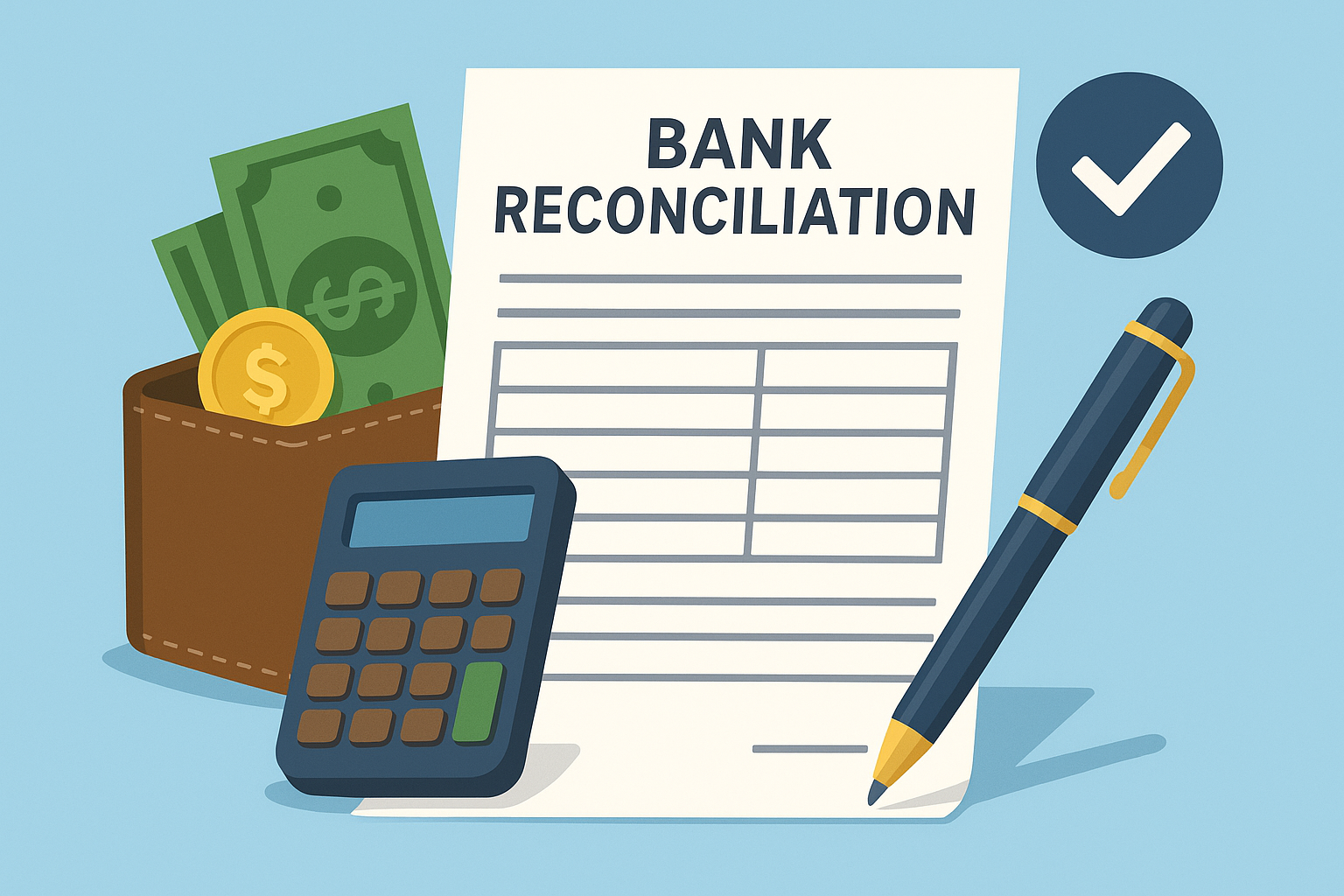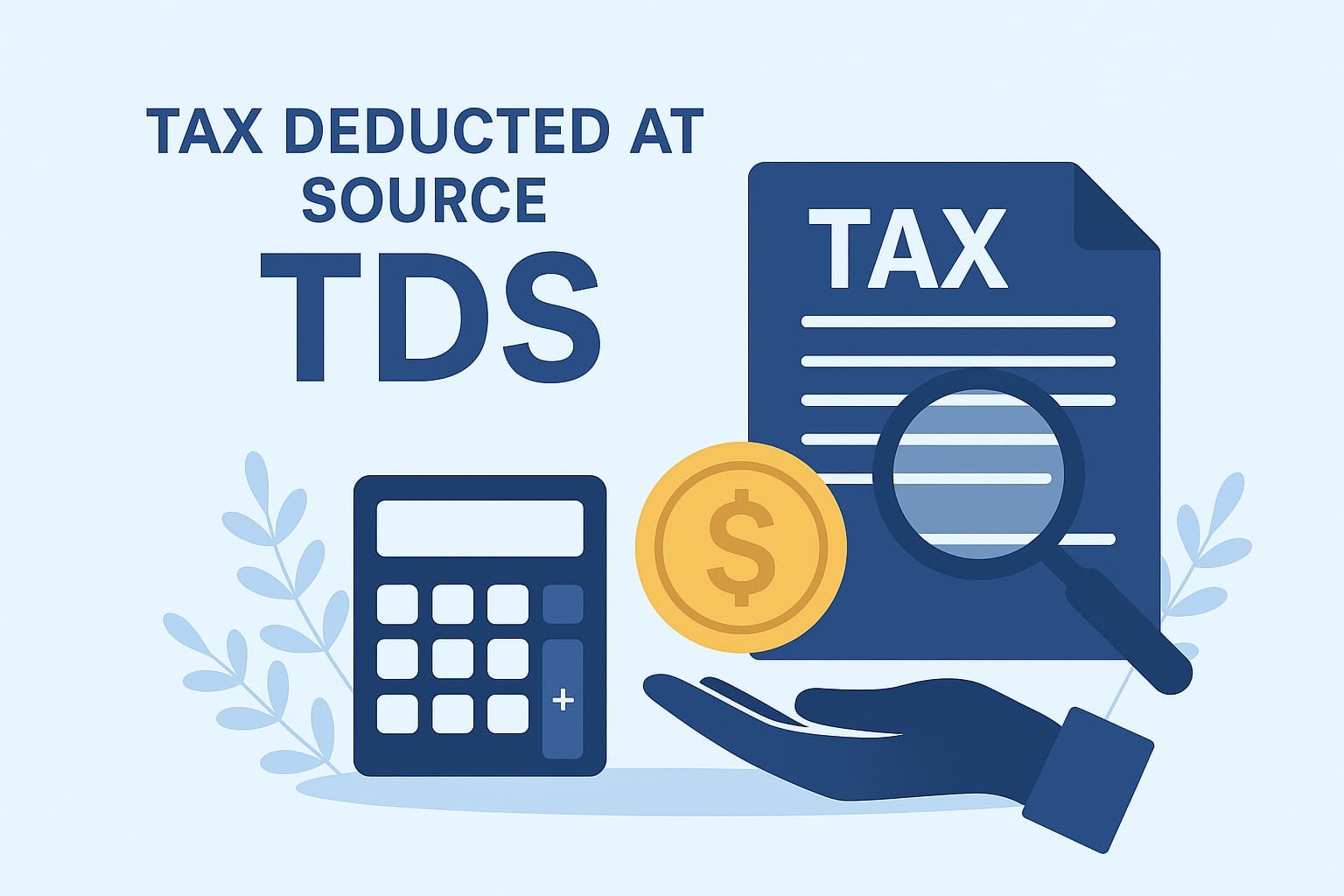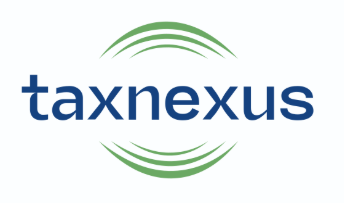What is Payroll Reconciliation?
Payroll reconciliation is a crucial process that ensures the accuracy and completeness of payroll records. It involves comparing the payroll processed during a specific period with the corresponding financial records to identify discrepancies. This step is vital for maintaining financial integrity within an organization.
The Importance of Payroll Reconciliation
Proper payroll reconciliation guarantees that all employee earnings, deductions, and taxes are accurately recorded. Discrepancies can lead to overpayments or underpayments, resulting in employee dissatisfaction and potential legal issues. By regularly reconciling payroll accounts, businesses can thus uphold compliance with federal and state regulations.
Steps in the Payroll Reconciliation Process
The payroll reconciliation process generally involves several key steps. First, gather payroll records and the general ledger entries to compare for consistency. Next, identify any discrepancies between the records and investigate their causes—this could involve checking for data entry errors or missed payments. Finally, make the necessary adjustments and document the reconciliation process.
It’s advisable to perform payroll reconciliation regularly—ideally on a monthly basis—to capture any issues promptly. Additionally, utilizing payroll software can significantly streamline this process, allowing businesses to efficiently manage data and reduce the likelihood of errors.
Steps to Effectively Reconcile Your Payroll
To reconcile your payroll successfully, follow these simple steps:
- Gather Data: Collect all relevant payroll documents, including employee timesheets, payroll reports, and tax documents.
- Compare Data: Cross-reference your internal payroll records with bank statements to ensure consistency.
- Identify Discrepancies: Investigate any differences found and correct them promptly.
- Document Findings: Keep a record of your reconciliation process for future reference and auditing.
- Review Regularly: Make payroll reconciliation a regular part of your financial routine to catch errors early.
Objectives of Payroll Reconciliation
✅ Ensure employee salaries and wages are correctly calculated and paid.
✅ Match payroll expenses in the accounting books with actual disbursements.
✅ Reconcile statutory deductions (e.g., PF, ESI, TDS) and remittances.
✅ Validate accruals like bonuses, unpaid salaries, and leave encashment.
✅ Prevent errors, fraud, or misstatements in payroll processing.
Key Steps in Payroll Reconciliation
1. Obtain Payroll Register – Collect monthly payroll register from HR/Payroll system. It includes salary components, deductions, net pay, and taxes.
2. Reconcile Gross Pay – Match total gross pay (basic, HRA, allowances) in the register with the GL payroll.
3. Verify Deductions – Reconcile statutory and voluntary deductions (PF, ESI, PT, TDS, loans, etc.) with GL and remittance records.
4. Match Employer Contributions – Ensure employer contributions to PF, ESI, etc., are booked and paid correctly.
5. Cross-Check Net Pay – Match net pay in payroll register with bank transfer reports or salary payment statements.
6. Reconcile Accruals & Provisions – Verify salary accruals (e.g., unpaid wages, bonus provisions) at month/year-end.
7. Validate Journal Entries – Check the accuracy of payroll journal entries posted in the general ledger.
8. Review Variances – Analyze any variances from prior months and explain significant changes.
9. Statutory Filing Check – Ensure taxes (TDS), PF, ESI, etc., are filed and paid timely to the authorities.
10. Sign-Off and Documentation – Document the reconciliation, attach supporting schedules, and get approval.
Key Documents Used
Payroll Register
Time Sheet
Payslips
Bank Payment Report
PF, ESI, PT, TDS challans
Leave Encashment
Payroll Journal Entries
Salary Expense:
Salary Expense A/c
Salary Payable A/c
Salary Payment:
Salary Payable A/c
Bank A/c
PF Employee Deduction:
Salary Payable A/c
PF Payable A/c
PF Employer Contribution:
Employer Contribution Exp.
PF Payable A/c
TDS on Salary:
Salary Payable A/c
TDS Payable A/c
Key Reconciliation Items
Payroll GL vs. Payroll Register
Salary Payable A/c vs. Actual Bank Payment
Statutory Payables vs. Payment Challans
Bonus/Leave accruals vs. Provision Accounts
Best Practices
✅ Automate reconciliation using payroll software.
✅ Perform reconciliation monthly.
✅ Involve both HR and Finance teams in the review process.




